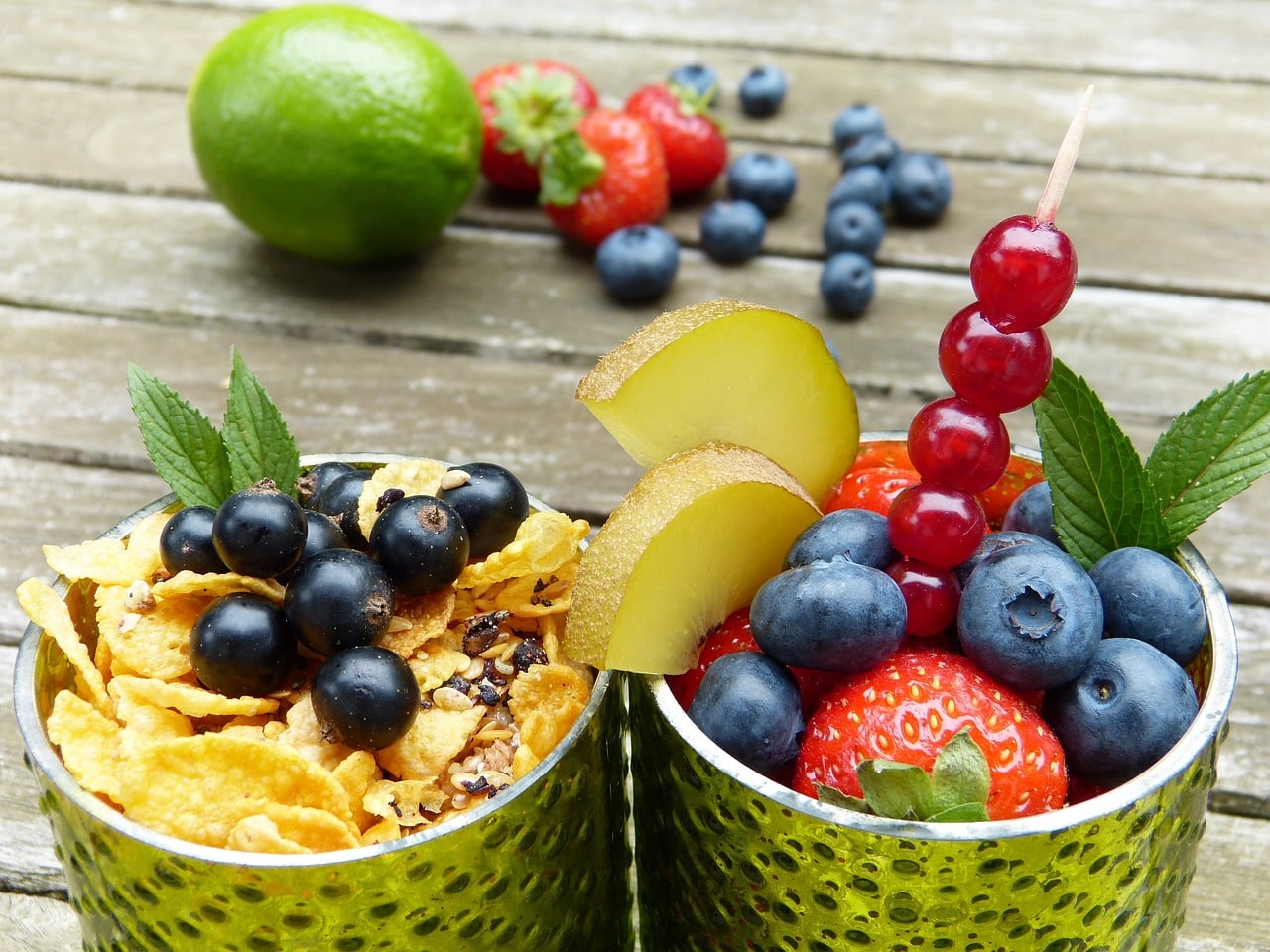Tips for a low-sugar diet

Eating a healthy diet can be challenging, especially when sugar lurks in many of our favorite foods, from cereals and bread to pasta sauce and salad dressings. But fear not, you can reduce your sugar intake and still enjoy delicious and nutrient-rich foods with these tips for a low-sugar diet. This article aims to guide you through the steps of reducing sugar in your diet and enhancing your overall health.
Recognize Hidden Sugars
First and foremost, it is necessary to identify hidden sugars in your diet. Many processed foods contain a surprising amount of sugar. Even foods marketed as "healthy" can be loaded with sugars under different names. For instance, dextrose, maltose, and high-fructose corn syrup are all forms of sugar.
Sujet a lire : The benefits of antioxidants
Start by reading food labels carefully. Avoid products with sugar listed among the first three ingredients. Also, remember that sugar comes in many forms, so watch out for any terms ending in "-ose," which indicates a form of sugar.
Swap Out Sugary Drinks
One of the easiest ways to reduce your sugar intake is by swapping out sugary drinks. Beverages like soda, energy drinks, and even fruit juice can contain a shocking amount of sugar. Instead, opt for healthier alternatives such as water, herbal tea, or homemade fruit-infused water.
En parallèle : Mental health in teenagers
Making this simple switch can drastically reduce your sugar intake. A can of soda, for example, typically contains about 10 teaspoons of sugar, which is more than the recommended daily intake for adults. By choosing healthier alternatives, you can cut out a significant amount of sugar from your diet.
Choose Whole Foods
Whole foods, such as fruits, vegetables, and whole grains, are naturally low in sugar, while also being high in essential nutrients. These foods are also typically high in fiber, which can slow the absorption of sugar into your bloodstream and prevent spikes in blood sugar levels.
In contrast, processed foods often contain added sugars and lack the beneficial nutrients found in whole foods. So, try to make the majority of your meals from whole foods. For instance, opt for a bowl of oatmeal with fresh berries for breakfast instead of pre-packaged cereal.
Reduce Dessert Portions
Desserts are typically high in sugar, but that doesn’t mean you have to eliminate them entirely from your diet. Instead, consider reducing your portion sizes.
Having a small piece of dark chocolate, for example, can be a satisfying way to end a meal without consuming a large amount of sugar. You can also experiment with healthier dessert options, such as fresh fruit with a dollop of yogurt or homemade popsicles made from pureed fruit.
Experiment with Natural Sweeteners
If you find it hard to eliminate sugar completely, consider using natural sweeteners. Sweeteners like honey, pure maple syrup, and stevia are often sweeter than sugar, so you may be able to use less of them.
Remember, though, these sweeteners still contain calories and can affect your blood sugar levels, so use them in moderation. Additionally, keep in mind that not all natural sweeteners are created equal. Many are highly processed and contain additives, so choose unprocessed, pure versions whenever possible.
Cook at Home More Often
Finally, cooking at home can give you more control over your sugar intake. Restaurant meals and takeout often contain hidden sugars, especially in sauces and dressings. When you cook at home, you can choose your ingredients and control the amount of sugar you use.
There are plenty of healthy, low-sugar recipes available online to get you started. And remember, it’s not just about reducing sugar, but also about increasing your intake of nutrient-rich foods. So, try to include plenty of fruits, vegetables, lean proteins, and whole grains in your meals.
Keep Yourself Hydrated
Staying hydrated is another simple yet effective way to maintain a low-sugar diet. Often, our bodies can confuse thirst with hunger, leading us to consume sugary foods when we’re actually just thirsty. Drinking sufficient water throughout the day not only quenches thirst but can also keep hunger pangs and sugar cravings at bay.
Additionally, drinking water before meals can help to control your portion sizes, which may further reduce your sugar intake. Water is the best choice, but other good options include herbal teas and freshly squeezed lemon or lime juice in water. On the other hand, limit the intake of store-bought fruit juices, as they often contain added sugars.
If you find plain water boring, consider enhancing it with fresh fruit slices, mint leaves, or a dash of cinnamon. These natural flavors can make hydrating more appealing without adding significant amounts of sugar. Remember, staying hydrated is not just crucial for a low-sugar diet but for overall well-being.
Understand Glycemic Index and Glycemic Load
Having an understanding of the Glycemic Index (GI) and Glycemic Load (GL) can also be useful when trying to reduce your sugar intake. The GI measures how quickly a food causes your blood sugar levels to rise, while the GL takes into account both the GI and the amount of carbohydrate in the food.
Foods with a low GI cause a slower, steadier rise in blood sugar levels, which can help to control hunger and reduce cravings for sugary foods. These foods also tend to be nutrient-dense and rich in fiber. Examples include whole grains, legumes, and most fruits and vegetables.
On the other hand, foods with a high GI cause a rapid rise and fall in blood sugar levels, which can lead to hunger and cravings. These foods often contain added sugars and are low in nutrients. Some examples are sugary beverages, white bread, and most processed foods.
So, understanding the GI and GL of foods can guide you in making healthier food choices and help to maintain a low-sugar diet.
Conclusion
Implementing a low-sugar diet might seem daunting at first, but by incorporating these tips, it becomes manageable and even enjoyable. The key is to start small, make gradual changes, and aim for progress rather than perfection.
Remember, it’s not just about eliminating sugar but also about enhancing the quality of your diet with nutrient-rich foods. Paying attention to food labels, choosing whole foods, using natural sweeteners sparingly, cooking at home, reducing portion sizes, staying hydrated, and understanding the glycemic index and load of foods are all effective strategies.
A low-sugar diet can lead to numerous health benefits, including improved energy levels, better weight management, and reduced risk of chronic diseases like diabetes and heart disease. So, it’s well worth the effort. Stay committed to your low-sugar journey, and remember that every small change adds up to make a big difference.
